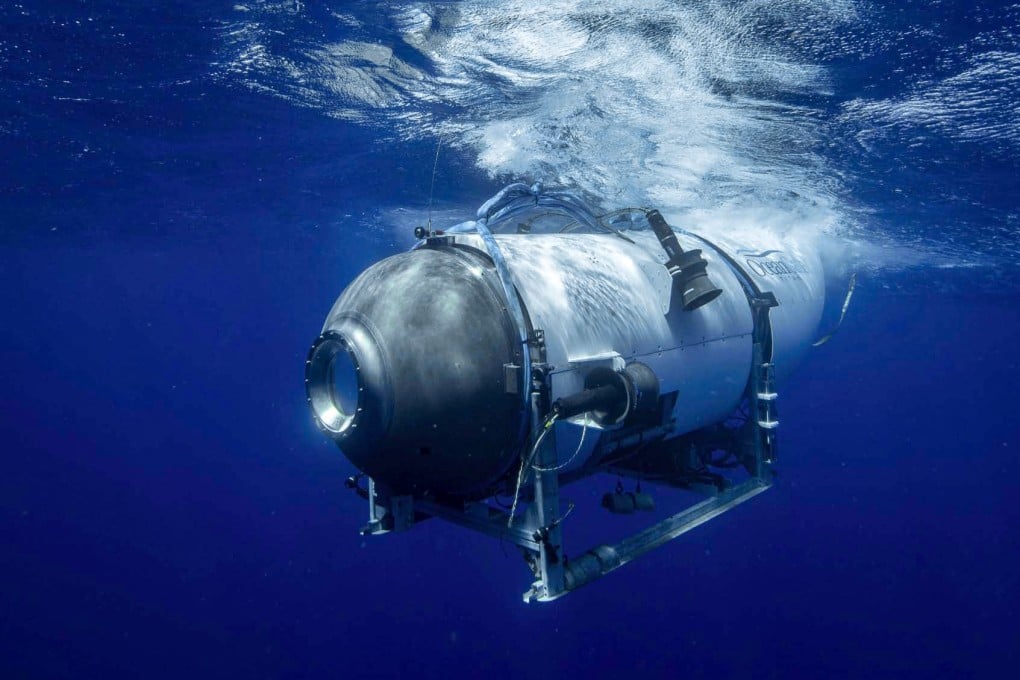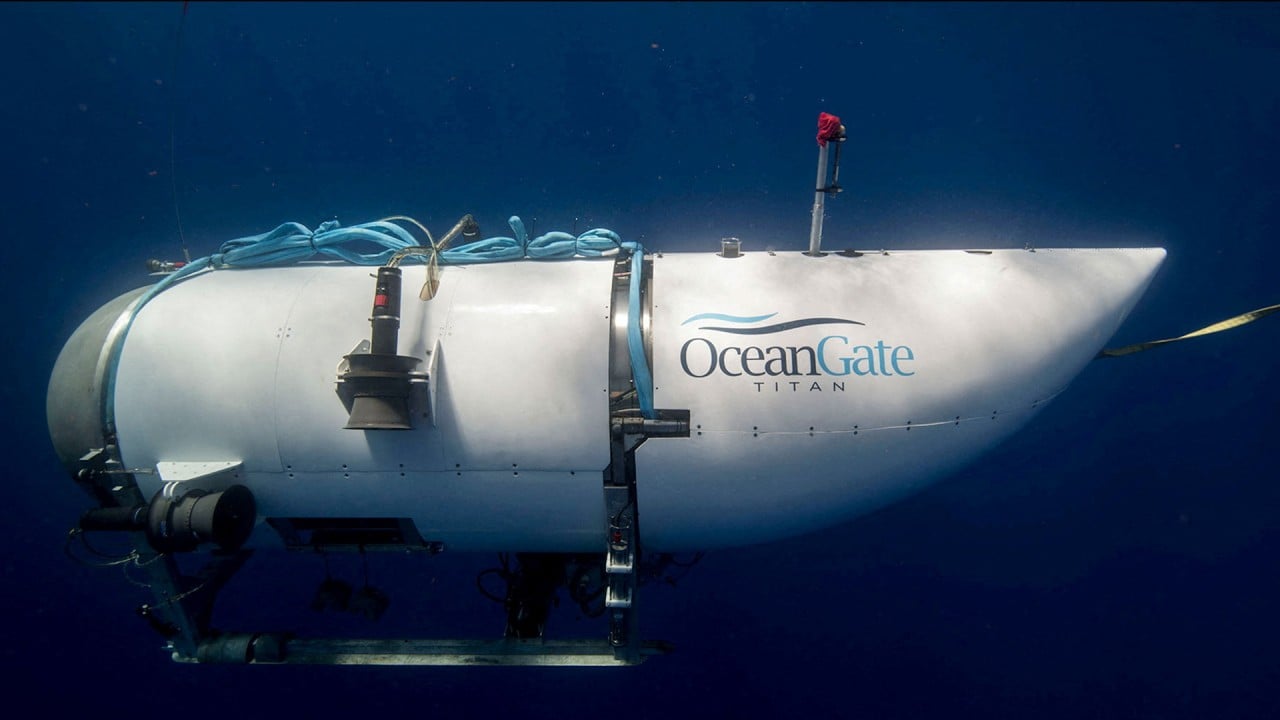Chinese researchers see carbon fibre potential for submarine drones despite Titan tragedy
- Project challenges assumption carbon fibre does not work underwater, potentially giving China an edge in South China Sea and Taiwan Strait

The hull is suitable for shallow seas and can easily withstand immense pressure at a depth of 6,000 metres (19,700 feet), boosting overall performance while significantly cutting manufacturing costs, according to researchers behind the project.
“Currently, the pressure-resistant structures of deep-sea submersibles typically employ alloy steel or titanium alloys, but due to their high material density, the weight of these pressure-resistant structures accounts for a large proportion of the total weight, limiting the load capacity of deep-sea submersibles,” wrote the project team led by Guo Yuqi, a senior engineer with Harbin FRP Research Institute, in a peer-reviewed paper published in the Chinese academic journal Fibre Composites last month.
“In today’s era of rapid national development with a high demand for deep diving and high load capacity, carbon fibre materials have been widely used in the pressure-resistant structures of manned and unmanned submersibles due to their excellent properties, such as low density, high strength, high modulus, fatigue resistance, corrosion resistance and design flexibility,” wrote Guo and his collaborators from Harbin Institute of Technology, a university sanctioned by the US.
In the West, carbon fibre has been considered unsuitable for use in the submarine industry.
Many industry insiders attributed this tragedy to the weakness of carbon fibre underwater: under immense pressure, water can penetrate gaps between the fibres, and repeated ascents and descents potentially crack and deform the hull.
